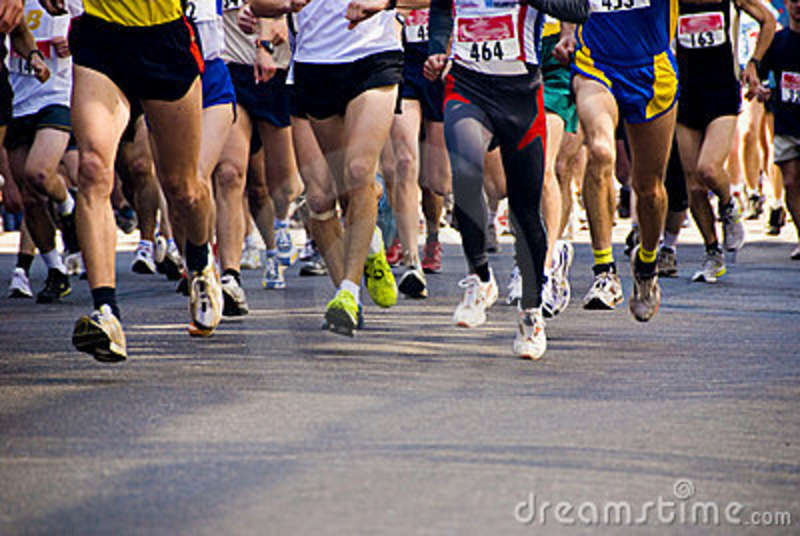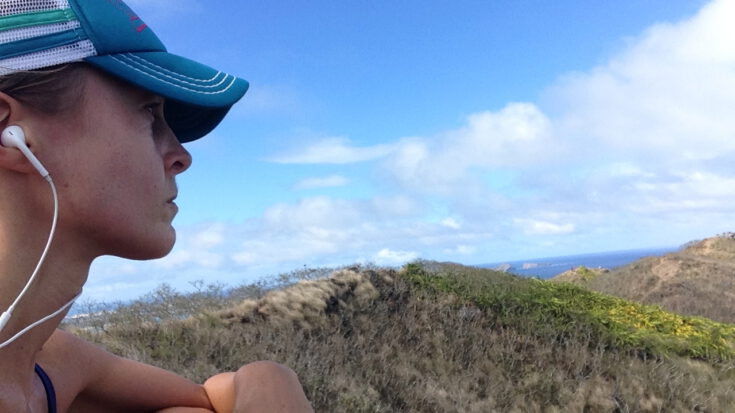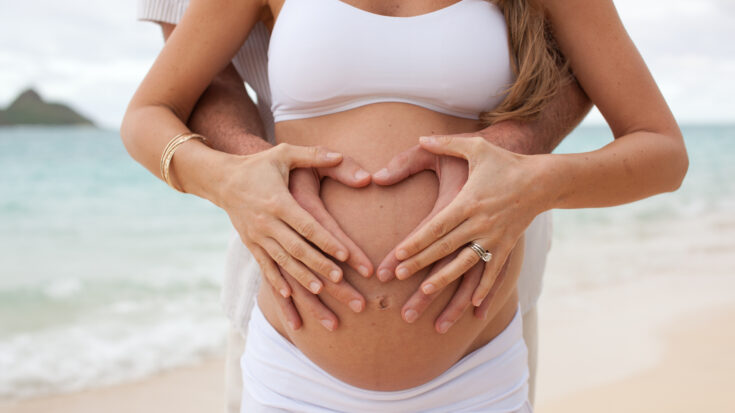I have always been enamored with the runners in my life. I would ask all about their shoes, the routes they took, their training schedule,  what they ate. I was fascinated by the body’s ability to do what they pushed it to do. As a physical therapist, I was also constantly involved in the injury side of things, and saw many a runner with shin splints, patellar tendinitis, ITB syndrome, tight hamstrings, low back pain, achilles tendinitis, plantar fasciitis and chondromalacia. I figured the more I learned, and the more I could experience this exact kind of training, the more I could help my clients and serve the needs of our running community.
what they ate. I was fascinated by the body’s ability to do what they pushed it to do. As a physical therapist, I was also constantly involved in the injury side of things, and saw many a runner with shin splints, patellar tendinitis, ITB syndrome, tight hamstrings, low back pain, achilles tendinitis, plantar fasciitis and chondromalacia. I figured the more I learned, and the more I could experience this exact kind of training, the more I could help my clients and serve the needs of our running community.
I decided to challenge myself and train for a 10K here in Hawaii in 2012. The Diva Half Marathon happened to be six weeks later, so Ifigured I might as well just add another five miles. My exact thought was, “What’s another five miles?” Riiiight. I’ve run one half marathon in my life. Second to labor and delivery, it was physically the hardest thing I have ever done. I am not a natural runner nor do I actually love running. I played soccer for 18 years, but really that involves more sprinting than long distance running. I remember finishing the half with two distinct thoughts: 1) I actually did it and was still alive and 2) people who run marathons have to turn around and DO THAT AGAIN. Wow.
I am far from an expert in running, so I’m going to skip trying to tell you what shoes to buy and what energy gel to use and what socks wick sweat the best. I am an expert in the human body and injuries, though, and my biggest accomplishment in running the half is that I did not experience a single injury. I attribute that to training correctly and to my regular Pilates exercise routine.
All endurance athletes, and runners specifically, commit themselves to their training. They spend hundreds and hundreds of hours running. That leaves very little time for any other form of exercise. The irony is, to be able to put your body through all that running without injury, you need to be cross training as well. Good options for cross training include lifting weights, swimming, yoga, and, of course, Pilates. Pilates will help to balance the muscles in the body. This is important because most running injuries are caused by an imbalance of muscle use. The hamstrings and quads and calves are very strong, while the glutes, inner thighs and abdominals muscles are weak. The body works dynamically with “muscle slings” and it needs all muscles doing what they do best in order to work efficiently. For example, the oblique muscles work together with the opposite inner thigh muscle to help the pelvis stay stable and balanced. When one of these is weak, it can change the rotary forces in the lower torso when running, effect abduction of the hip, and lead to patellar tracking issues and knee or hip pain.
 Margie Shapiro, a professional triathlete and USA Triathalon-certified coach, suggests that “posture is one of the most influential factors in a runner’s gait. Pilates helps you identify areas of weakness that can inhibit running posture.” She says a runner could “use Pilates to improve balance, mobility and stability throughout the body to create a proper foundation from which to generate running movements.”
Margie Shapiro, a professional triathlete and USA Triathalon-certified coach, suggests that “posture is one of the most influential factors in a runner’s gait. Pilates helps you identify areas of weakness that can inhibit running posture.” She says a runner could “use Pilates to improve balance, mobility and stability throughout the body to create a proper foundation from which to generate running movements.”
Pilates addresses these issues by working the body as an entire unit. It will help lengthen the muscles that are too short and help strengthen the muscles that are neglected in longterm running workouts. In Pilates, students are also taught how to hold correct posture, stretch muscles the most effectively, and breathe correctly. It is the perfect combination of strength and length, and goes hand in hand with allowing the body to run long distances in a safe way. An added benefit? By addressing the imbalances in your body and your gait, you can usually improve your running time! Bonus.
If you are a runner, consider trying out Pilates as part of your training routine. This can be a one on one lesson, or group classes. Harmony offers specific Pilates for Runners workshops to address the unique needs of runners. If you have an injury, see a licensed physical therapist who specializes in Pilates to help you recover.



